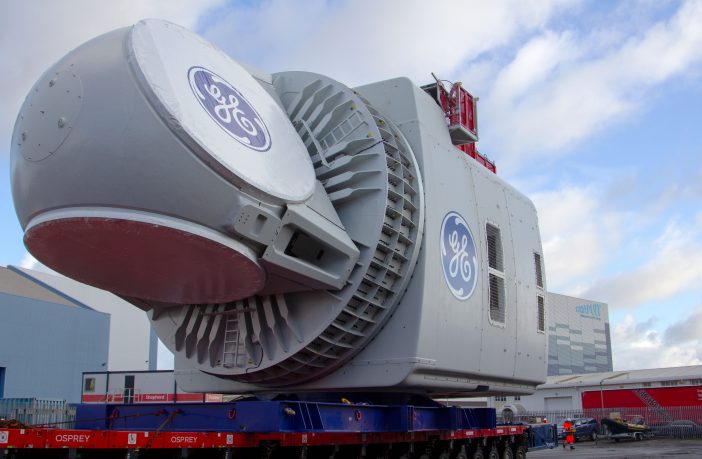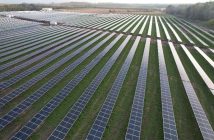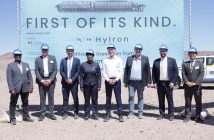Market Report
- Ambitions for offshore wind are ramping up across the globe.
- Final investment decisions hit an all-time high last year, a record number of new alliances were formed and markets including the EU, China, Japan and South Korea committed to new or more ambitious climate targets.
- Everything, it seems, is scaling up – including the turbines.
Size was a recurring theme in a panel session I took part in at our recent Power & Renewables Conference, with Grzegorz Gorski, chief operating officer of Ocean Winds and Ricardo Rocha, Offshore Wind Technical Director at BayWa r.e.
Wood Mackenzie’s analysis of the European offshore wind market shows that average installation time per turbine unit dropped by 58% between 2011 and 2020. However, once we factor in the growth in average turbine size, the fall in installation time per megawatt of capacity between the same dates reaches 80%.
This trend is expected to continue over the next decade, with rotors of up to 300 metres in diameter becoming a reality and allowing outputs of up to 20 MW per turbine.
Unsurprisingly, to a large extent the regions and markets which have most exploited offshore wind so far have been those that offer the best conditions for the technology. However as offshore continues to expand and push into new markets, particularly in Asia, the need to adapt to lower wind regimes is growing.
In our discussion Grzegorz saw this as a key driver of increased turbine size for OEMs: “Basically, the lower the wind, the bigger the rotor, in comparison to the power rating… Size always wins.”
Ricardo was perhaps more cautious, citing factors including potential extreme weather events as obstacles to absolute turbine size in newer markets: “If we have additional challenges, like hurricanes and typhoons, where we don’t have the same developed supply chain to cope with these large turbines, it might make sense to continue with smaller ones – maybe adapting onshore turbines into offshore.”
Either way, there is a clear implication for overall project scale per megawatt, either in terms of turbine size or the number of turbines per project.
Another obstacle Ricardo highlighted in our discussion is the potential limitations of the existing supply chain to cope with the logistics of delivering and installing ever larger turbines. Ricardo noted that: “We see marine contractors not being able to upgrade their vessels and cranes, so they need to go to new builds, which are not ready to be deployed as fast as we’ve seen before. I see that as being a challenge for the future.”
In his recent article on wind turbine technology trends, my colleague Shashi Barla also noted that logistics and transportation issues have become the primary limitation on turbine technology scale-up. However, he also noted that the challenge is driving innovative solutions, including split blade technology, integrated drive train modules and nacelle modules, segmented tower sections and on-site manufacturing of towers.
With floating offshore wind still in its infancy, relatively speaking, size once again creates an issue. The small scale of current projects makes it difficult to compare the potential economic viability of floating offshore wind against bottom fixed and other power solutions. The industrialisation of manufacturing and installation will enable the development of bigger projects, bringing costs down and allowing floating offshore wind to compete more effectively.
As Grzegorz said in our discussion: “You have to build floaters like cars – today we are building them like ships.”
A final element where size matters, which is linked to bigger turbines, is monopile weight. We recently analysed monopile weight per unit for future global projects (excluding China and Vietnam) and found that average weight per unit is set to almost double between 2020 and 2027. Given ever-increasing turbine size, the need for heavier foundations is perhaps unsurprising. More encouraging is that on a per-megawatt basis, the increase in monopile weight is a mere 6%, once again illustrating the efficiency benefits offered by increased size.
Author: Søren Lassen
Søren is head of Wood Mackenzie’s offshore wind research.











